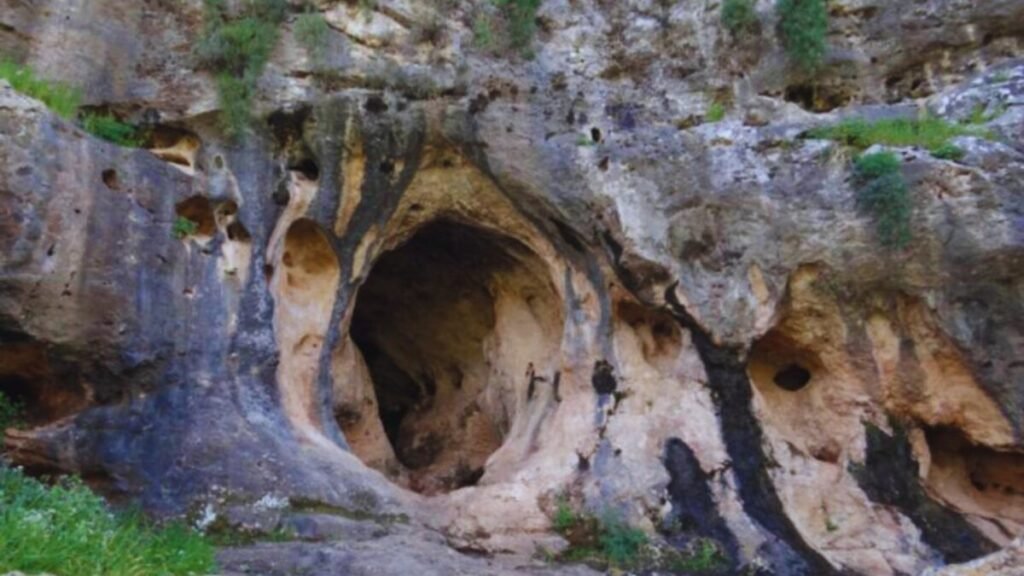Rewriting the Encounter between Homo sapiens and Neanderthals through the Skull of a Child

In the Carmel Mountains, a skull of a young girl between three and five years old, forgotten since 1931, has gained new significance thanks to modern scientific techniques. This skull, upon reexamination, has provided a crucial piece to the puzzle of human evolution.
A fossil with two heritages
The skull, found in the Skhul cave, exhibits a mix of features: the cranial vault is similar to Homo sapiens, while the intracranial blood supply, lower jaw, and inner ear structure resemble that of Neanderthals. Researchers believe this combination makes it the oldest physical evidence of interbreeding between the two species.
Technology to look into the past
Utilizing micro-CT scans, scientists were able to create a three-dimensional model of the skull and jaw. This advanced technology allowed for the observation of both external and internal structures, such as the inner ear and blood vessels surrounding the brain. Detailed comparisons with fossils from different human populations revealed that the skull showed evidence of constant genetic exchange between species.
A legacy that endures in us
Researcher Israel Hershkovitz emphasized that this fossil provides physical evidence to support genetic analyses suggesting ongoing interbreeding between Homo sapiens and Neanderthals. Today, remnants of this ancient genetic mixing can still be found in our DNA. The Skhul girl’s skull serves as a reminder that human history is a complex tapestry of encounters, mixtures, and shared heritages that continue to shape who we are today.
Source: [original source link]





